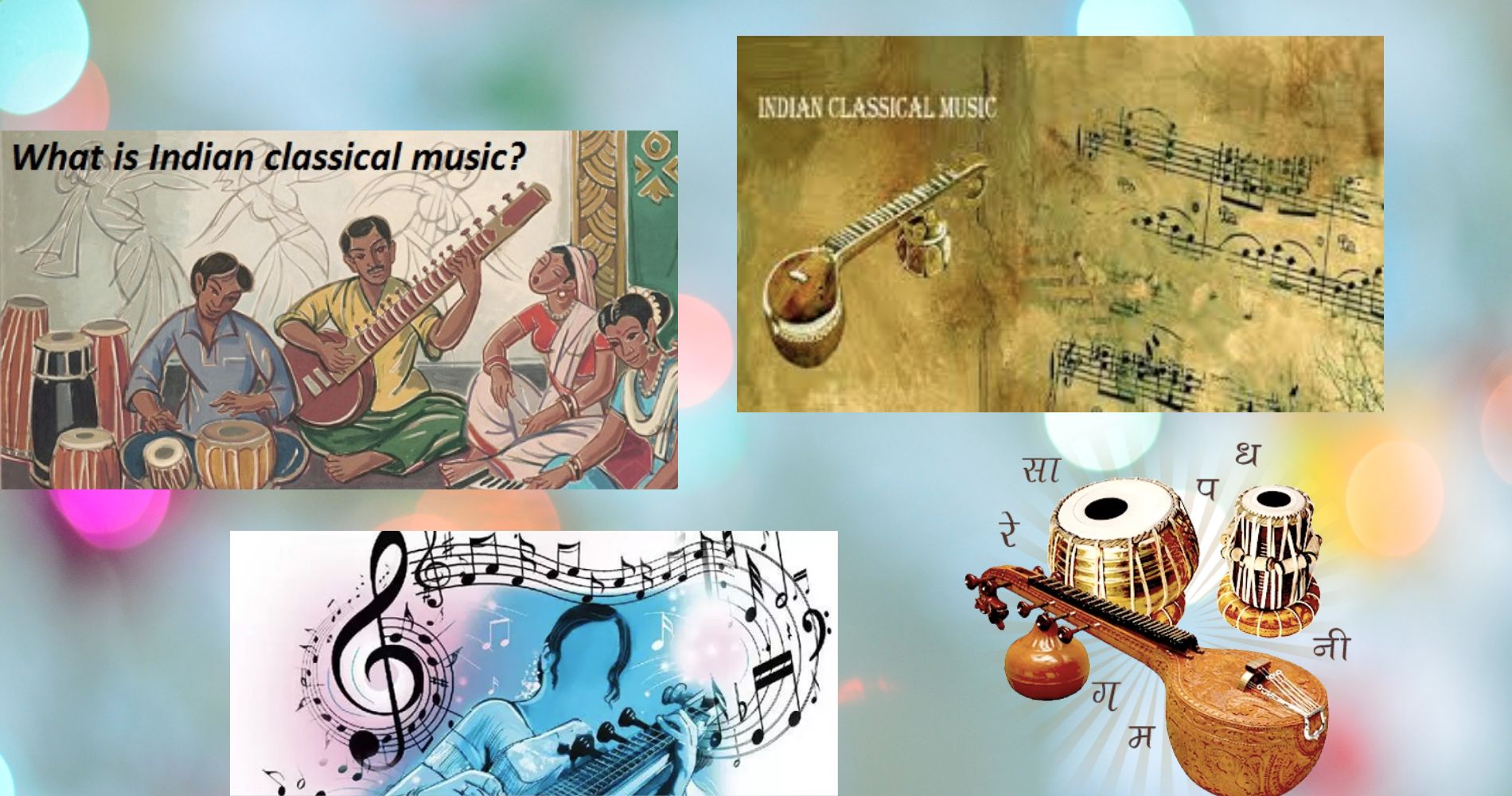Indian Classical Music can be a Tool to bring in Transformation in this World
Music can transform the emotions and feelings of the people within no time.
Music can transform the emotions and feelings of the people within no time.

What is Transformation of the world: to make it a better place, to make it a collaborative space, to make it a wholesome centre for growth.Music can transform the emotions and feelings of the people within no time. It can lessen the stress & pain, bring positivity & calmness and has the power to bring people together in different ways.
What is Indian Classical Music?
It is a collaboration of notes, Shadaj, Rishabh, Gandhar, Madhyam, Pancham, Dhaiwat, Nishad popularly known as sa re ga ma pa dha ni. Despite their being Hindustani and Carnatic styles of Indian Classical Music, the commonality is in the notes and sounds which allows creativity and fosters growth.
Compositions are fixed but there is a loose structure for the musicians to follow. This allows a spontaneous freedom where each artist and every performance is ensured to be completely unique making it more of a creation that creates an experience.
This rich tradition of Indian Classical Music dates back to the sacred Vedic scriptures over 6,000 years ago where chants developed a system of musical notes and rhythmic cycles.
Even from a historical or spiritual standpoint, the Samaveda, the source of Indian classical music, is believed to have been born from the universal sound of creation. From it came the seven notes, which are believed to mirror sounds of animals and birds. Over a period of time, these notes evolved into the classical raags we know today and these raags have an intense emotive power. It is very closely connected to nature, taking inspiration from natural phenomena including the seasons and times of the day to create ‘ragas’ or musical moods and many time cycles or ‘taals’ that have been further codified.
Many people love Indian classical music for it’s meditative, immersive and uplifting nature. It is difficult to master & provides immense fulfilment. One doesn’t need to understand the details of Indian Classical music to benefit from it — just listening is good enough.
Indian Raagas connect with a person’s emotions through two processes - identification and transformation.
Identification happens when a person in a sombre or sad mood, hears a raag that brings out the sadness through its flat, or ‘komal’ notes, like Raag Lalit or Raag Bhairav. In that case, the emotions are identifying with something powerful outside of the person, and therefore find release through a cathartic crying or welling up.
Transformation happens when the mood of a raaga influences the listener’s emotional state. For instance, listening to a “happy” raag, like Bhoop or Bilawal, may transform his or her mood from sad to happy, because of the major notes and the upbeat moods that these raagas create. Since emotional states greatly determine mental health and wellness, Indian classical music has enormous potential to create a state of mental wellbeing in a person.
It is also becoming increasingly evident that engaging in music has direct impact on physiology. Singing can improve breathing and lung function. Playing instruments strengthens the motor functions of the brain, and rhythm helps organize our thoughts and actions better. ‘Raag Chikitsa‘ or healing through raags was used as a supportive therapy by ancient Ayurvedic doctors to help patients. Raags are believed to have sound vibrations which directly impact the physiology by connecting with different chakras in the body in the Ayurvedic system.
In an article by Musician & Therapist Nigel Osborne, he mentions, “Indian classical music is particularly powerful in therapeutic processes because, in my opinion, it encompasses the whole human evolution and our whole personal development in it, in the way raga is developed.”
The effects of Indian classical music are not limited to those initiated into it. I witnessed a bystander at a concert who left abruptly, erupting into tears as she found herself overcome by the powerful emotions that a raaga evoked in her. She came back feeling happy and uplifted.
From the experience of a senior consultant psychiatrist : Indian Classical Music, because of its organic lineage, has the ability to transform people dramatically—from a chain smoker who managed to give up smoking, to a musically-uninitiated domestic worker cathartically weeping at a classical music concert; from a person suffering from chronic migraine who miraculously healed, to an anxious corporate executive whose mental state transformed to calmness and relaxation before an important presentation. Indian classical music kick starts the motor areas of the brain, activates the memory center, and helps release of feel-good chemicals in the brain, like endorphins and dopamine.
While arguably, any music that pleases the heart has potential to heal, Indian classical music is unique. The alignment of the raagas with the time of day, and its association with a gamut of emotions or “rasas”, Indian classical music sets the stage for spiritual and physical healing.
We have all witnessed and experienced how the COVID19 pandemic has disrupted many working lives and economies of the world. However, the ones who have seen this as an opportunity to digitally transform their business have not only survived but have grown their business despite the pandemic. The Indian Classical Music Industry seems to have taken an innovative path adapting digitally.
Artistes have taken to social media platforms like Twitter, Facebook and live streaming platforms to engage with their audiences.
When music enters a person’s milieu, it catalyzes a powerful emotional transformation into a better, more aware and more peaceful state.
Indian Classical Music has a very powerful transformational ability to make the world a better place.
